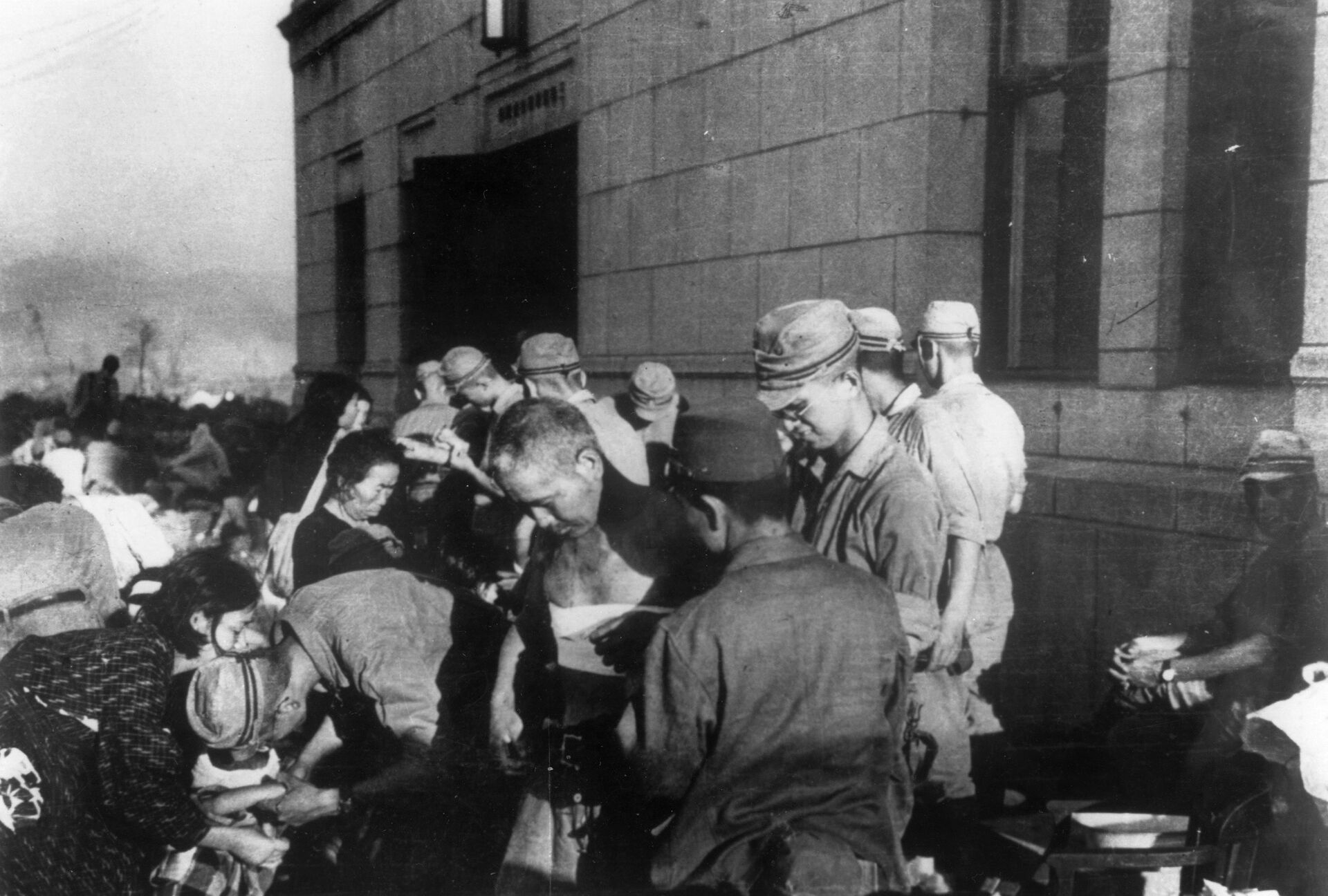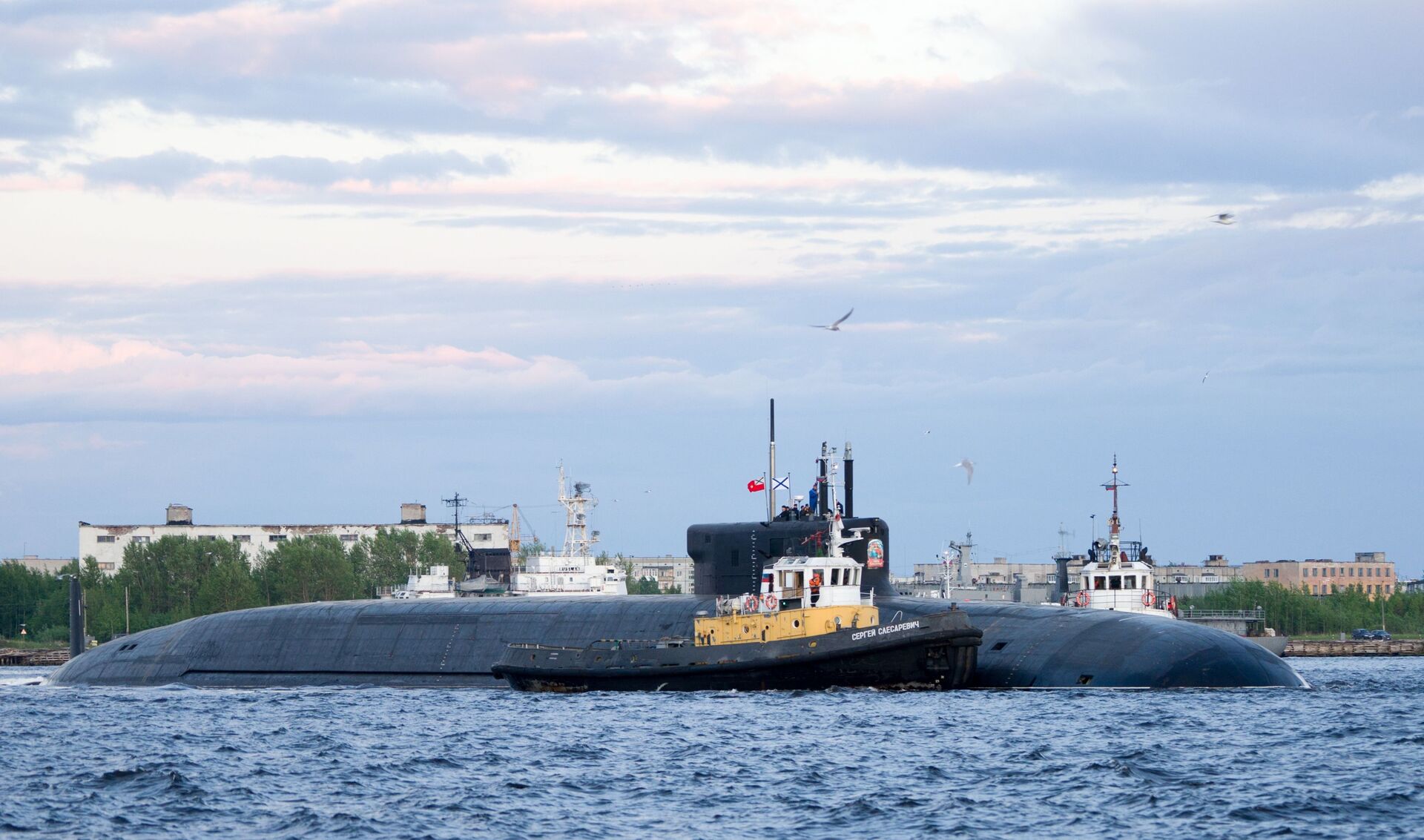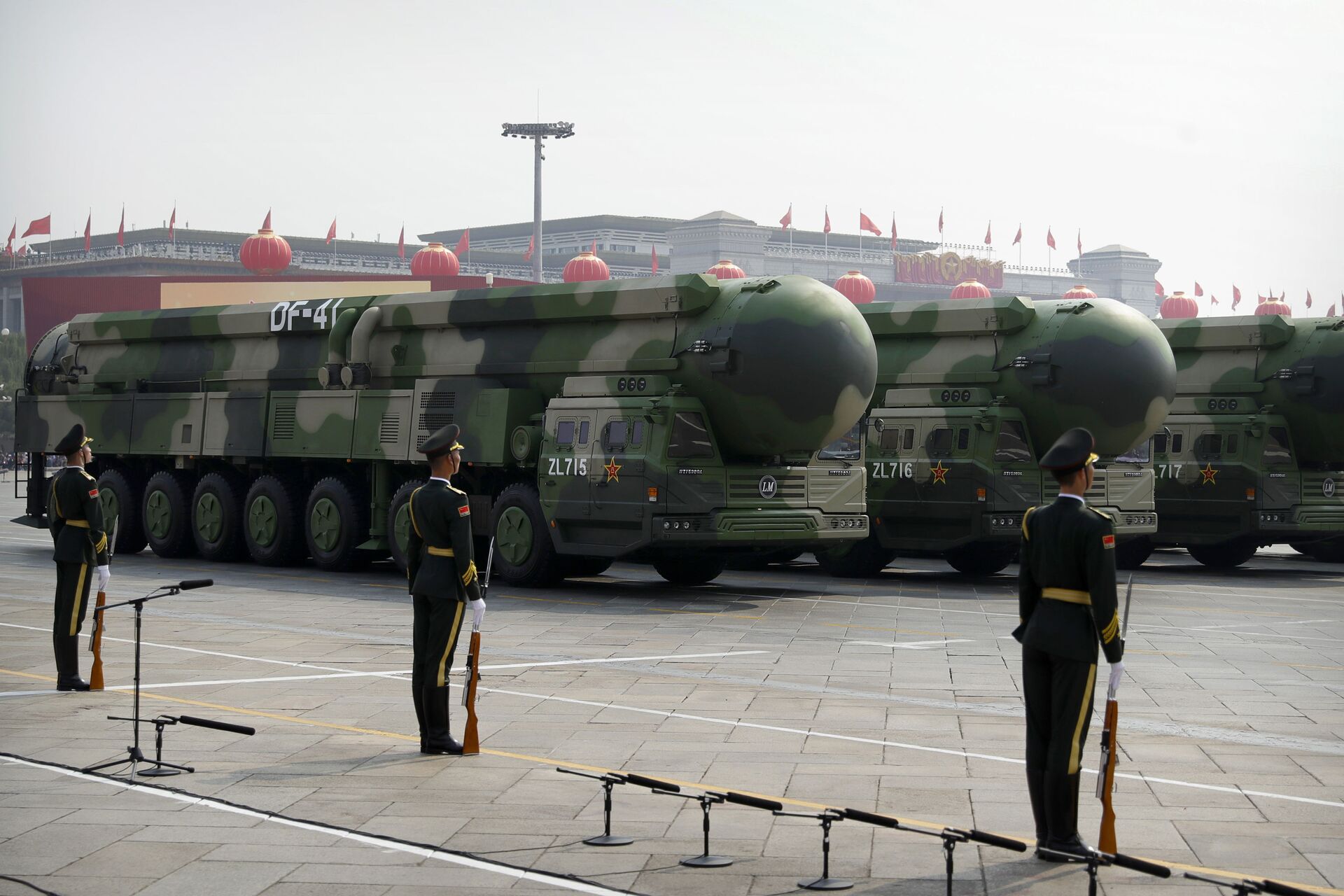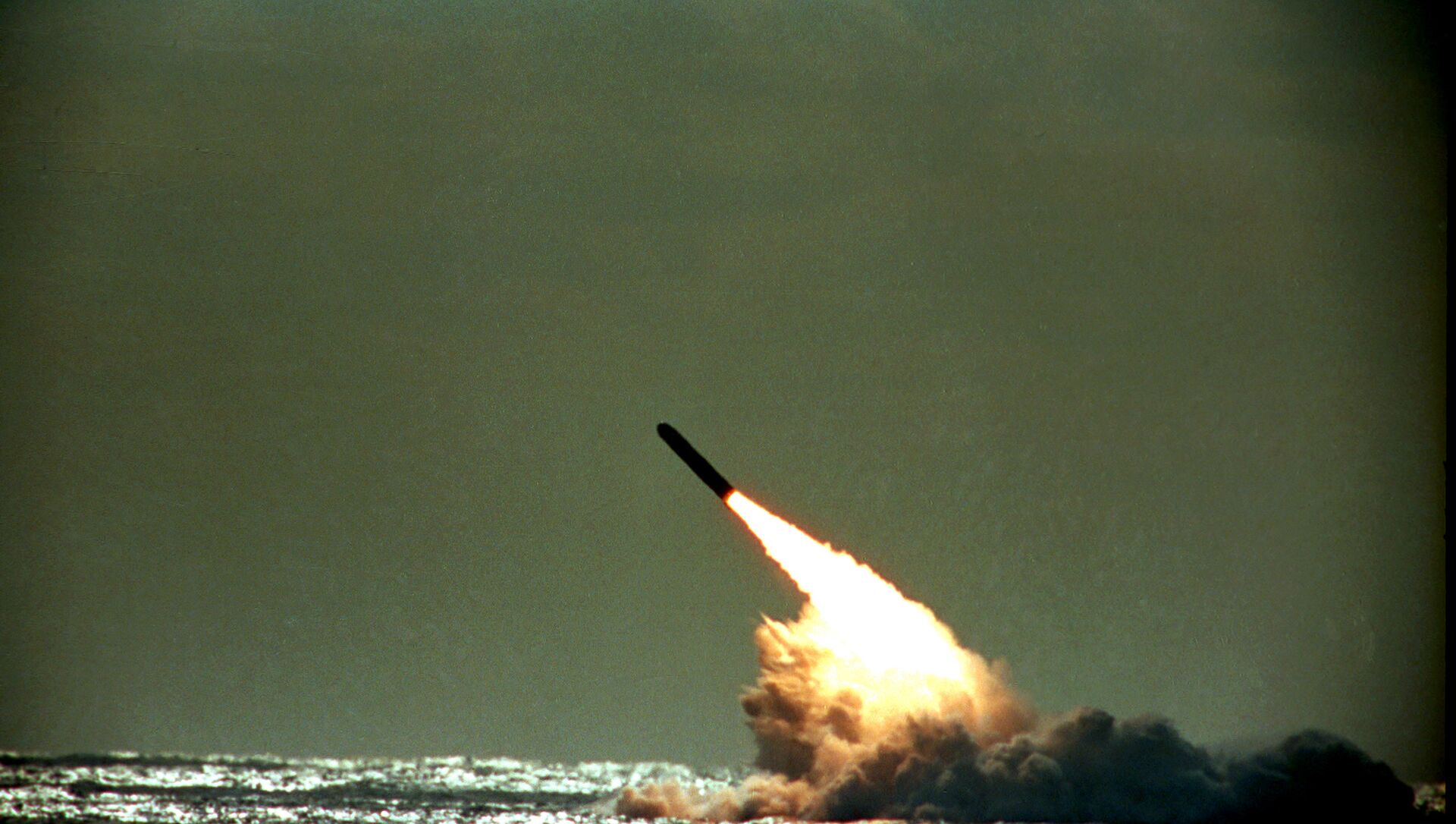Iran and Russia have both criticised Britain for hypocrisy after Boris Johnson announced a review of defence policy which included plans to reverse the gradual reduction of the UK nuclear arsenal.
Britain has repeatedly criticised Iran for resuming its nuclear programme after then President Donald Trump, under pressure from Israel and hawkish elements of the Republican Party, tore up the 2015 deal which his predecessor Barack Obama had negotiated with Tehran.
So which countries have their own nuclear weapons and why does Britain feel the need to increase its arsenal?
Britain
Britain first developed a nuclear weapon in 1952 - after testing in the Australian desert and near Christmas Island in the Pacific - and gradually increased the number of warheads it possessed from 14 in 1955 to 492, before gradually reducing the stockpile.

In 2010 the British government - a Conservative/Liberal Democrat coalition led by David Cameron - said it wanted to reduce its nuclear warhead stockpile to 180 by the mid-2020s.
But the foreign and defence policy review, published on Tuesday, 16 March, notes: “However, in recognition of the evolving security environment, including the developing range of technological and doctrinal threats, this is no longer possible, and the UK will move to an overall nuclear weapon stockpile of no more than 260 warheads.”
In the document the government said the risks “have not gone away” and added: “Some states are now significantly increasing and diversifying their nuclear arsenals.”
— Jeremy Corbyn (@jeremycorbyn) March 16, 2021
The document goes on to say: "The fundamental purpose of our nuclear weapons is to preserve peace, prevent coercion and deter aggression."
In the event of war - or, according to the review, in the case of a massive cyber attack - Britain could fire a nuclear missile from one of its fleet of Trident submarines, which are being replaced at a cost of billions of pounds.
United States
The United States was the first country to develop atomic weapons and detonate them - the bombing of Hiroshima and Nagasaki in the summer of 1945 killed around 200,000 people.

But the blast yield of the Hiroshima bomb Little Boy - equivalent to 15 kilotons of TNT - was tiny compared with the nuclear missiles which the US designed in the 1950s and 60s.
By 1950 the US had almost 300 warheads and during the Cold War that number rose to 31,000 in 1965.
But by 1995, with the Cold War over, that figure fell to 10,000 and it shrank further.
Last year it was estimated the US has 5,800 warheads and in 2019 the Deputy Undersecretary of Defense for Policy, David J. Trachtenberg, said that number was ultimately set to fall to 1,500.
Russia
The Soviet Union successfully tested its first nuclear bomb in 1949 near the city of Semipalatinsk - now Semey - in modern day Kazakhstan.
By 1955 the Soviets had 200 warheads and that number increased exponentially until the late 1970s when, under Leonid Brezhnev, they overtook the US arsenal with 30,000 warheads.

But the crippling cost of the nuclear arms race was staggering led to Mikhail Gorbachev beginning negotiations with Ronald Reagan and then George H. W. Bush with a view to reducing the burden on the Soviet economy.
In July 1991 the Strategic Arms Reduction Treaty (START) was signed by Gorbachev and President Bush but the Soviet Union collapsed anyway a few months later.
Genuinely curious. What exactly can you do with 260 nuclear warheads that you can’t do with 180? Particularly given the appalling consequences of using even one of them?
— Helen Czerski (@helenczerski) March 16, 2021
Russia’s President Boris Yeltsin reduced the warhead stockpile from 37,000 to 27,000 and repatriated missiles which had been stationed in what became sovereign states - Ukraine, Belarus and Kazakhstan.
Since Vladimir Putin first became President in 2000 Russia has reduced its warhead stockpile from 21,000 to 6,000 and under a new START treaty signed in 2010, and extended last month, that number is set to fall to 1,500 by 2026.
France
France has always ploughed its own furrow when it comes to its defence and its nuclear missile force.
While Britain and the US cosied up to each other in the 1940s France chose to go it alone - it reluctantly joined NATO in 1949 but in 1966 President Charles de Gaulle ordered all NATO forces to leave France unless they were under French command.
Consequently it was not until the 1960s that France developed its own nuclear deterrent.
In 1960 they conducted their first nuclear tests - Operation Gerboise Bleue (Blue Desert Rat) - on a Pacific atoll and by 1965 they had 32 warheads deployed.
That number rose to 505 during the 1980s but has fallen back to 290.
France no longer has land-based missiles and a French nuclear bombardment would be launched by submarines and Dassault Mirage 2000N tactical bombers.
China
China developed its own nuclear weapons in the 1960s and currently has 320, but it has focused much of its military build-up on conventional forces and, allegedly, its cyber-attack capacity.

Last year, a report by the Stockholm International Peace Research Institute claimed "China is in the middle of a significant modernisation and expansion" of its nuclear arsenal.
Earlier this month US expert Hans Kristensen claimed China's apparent push to develop silos where its new DF-41 missiles can be stationed showed "they're trying to build up the survivability of their [nuclear] force" and added: "It raises some questions about this fine line in nuclear strategy".
India
It was not until 1980 that India developed its own nuclear capability, driven by a fear of China on its northern border.
India currently has around 150 warheads deployed and in 2020 tested a new K-4 missile at an underwater platform off the coast of the state of Andhra Pradesh.
Pakistan
It took a decade for Pakistan to catch up with its biggest strategic and political adversary, India.
Pakistan currently has around 150 warheads deployed.
Israel
The development Israel’s nuclear missile programme in the 1980s was a subject of great secrecy, so much so that nuclear scientist Mordechai Vanunu was jailed for 18 years after he blew the whistle on it to the Sunday Times.
According to Statista, Israel currently has around 90 nuclear warheads deployed, but Israel has always denied having any nuclear weapons.




